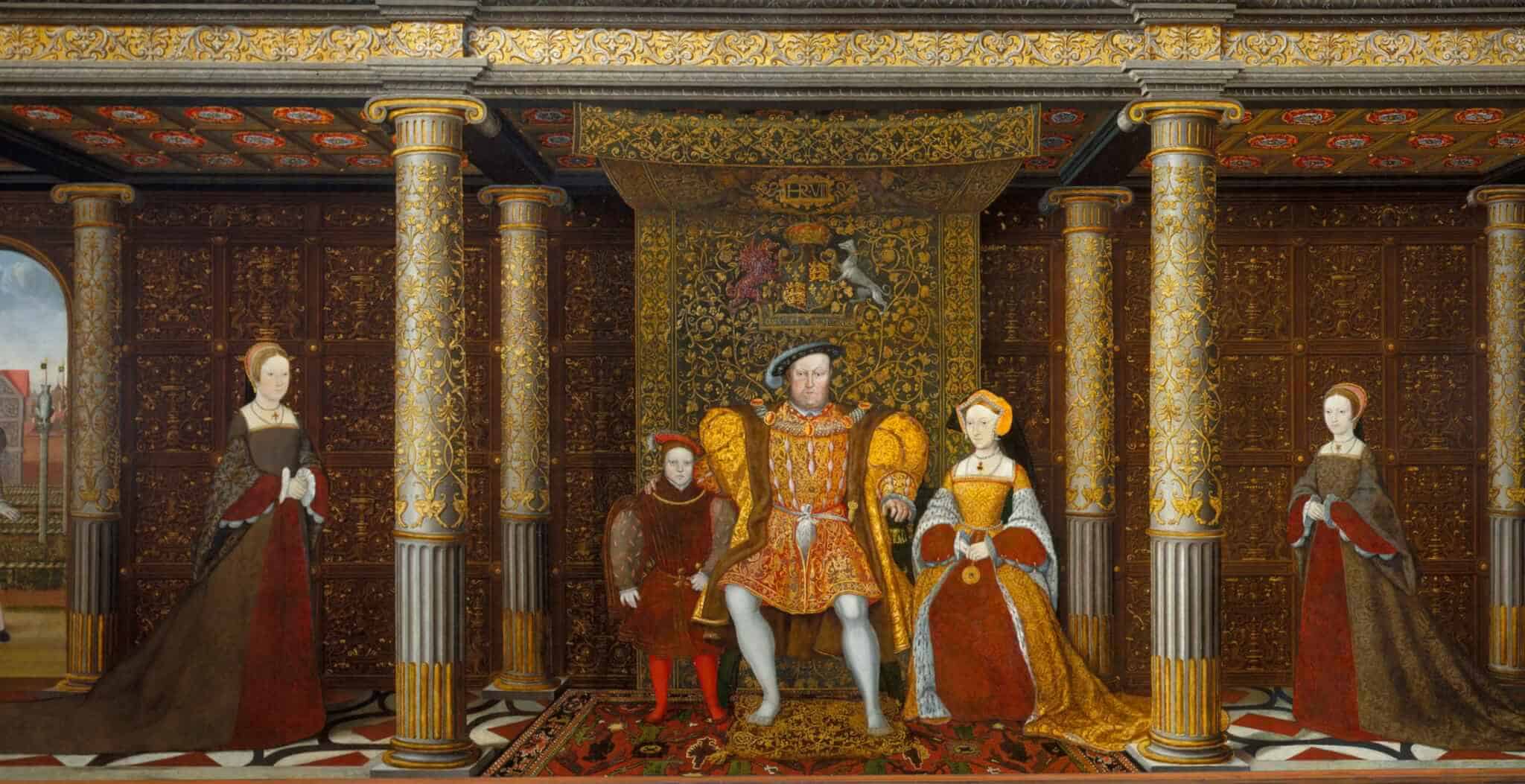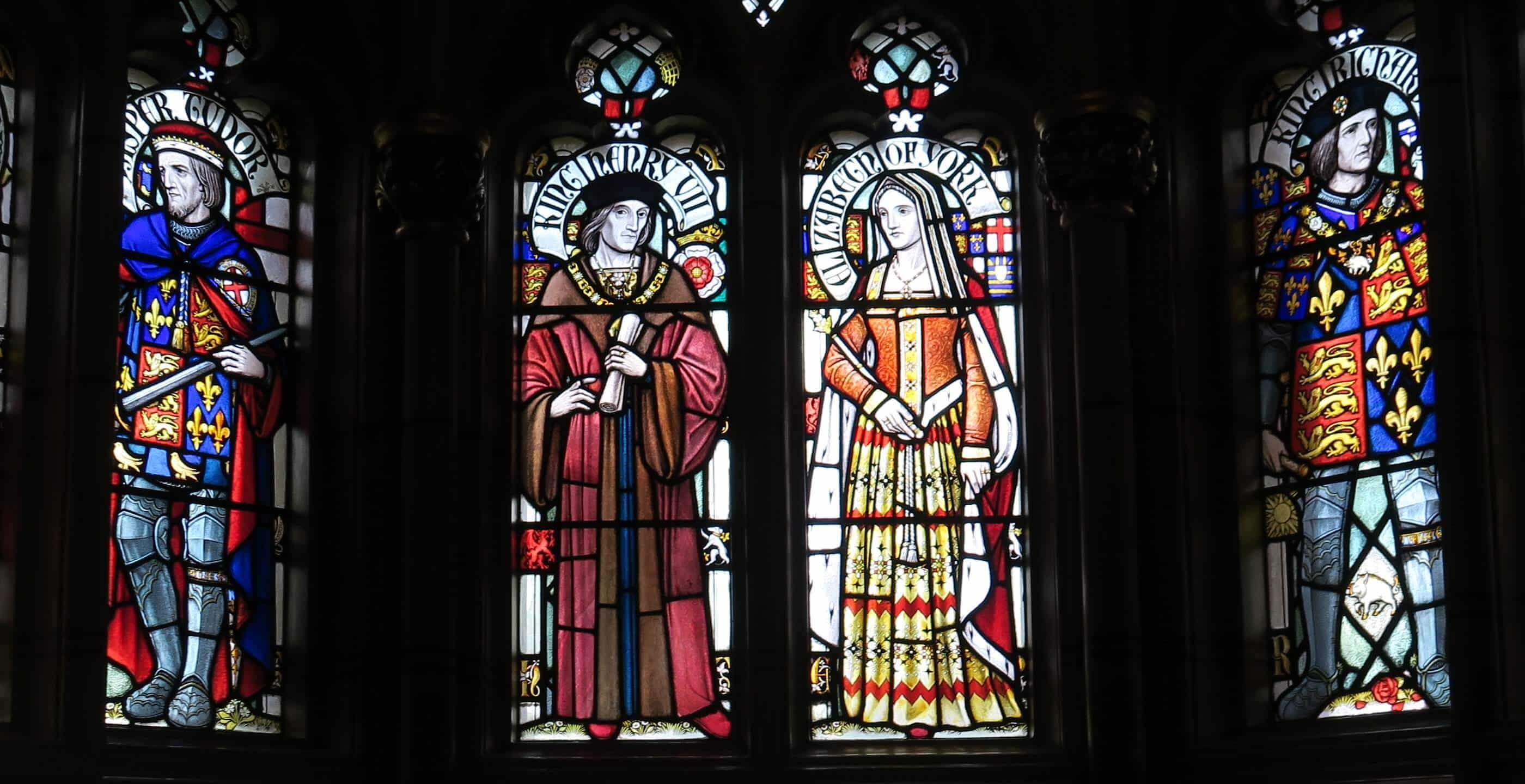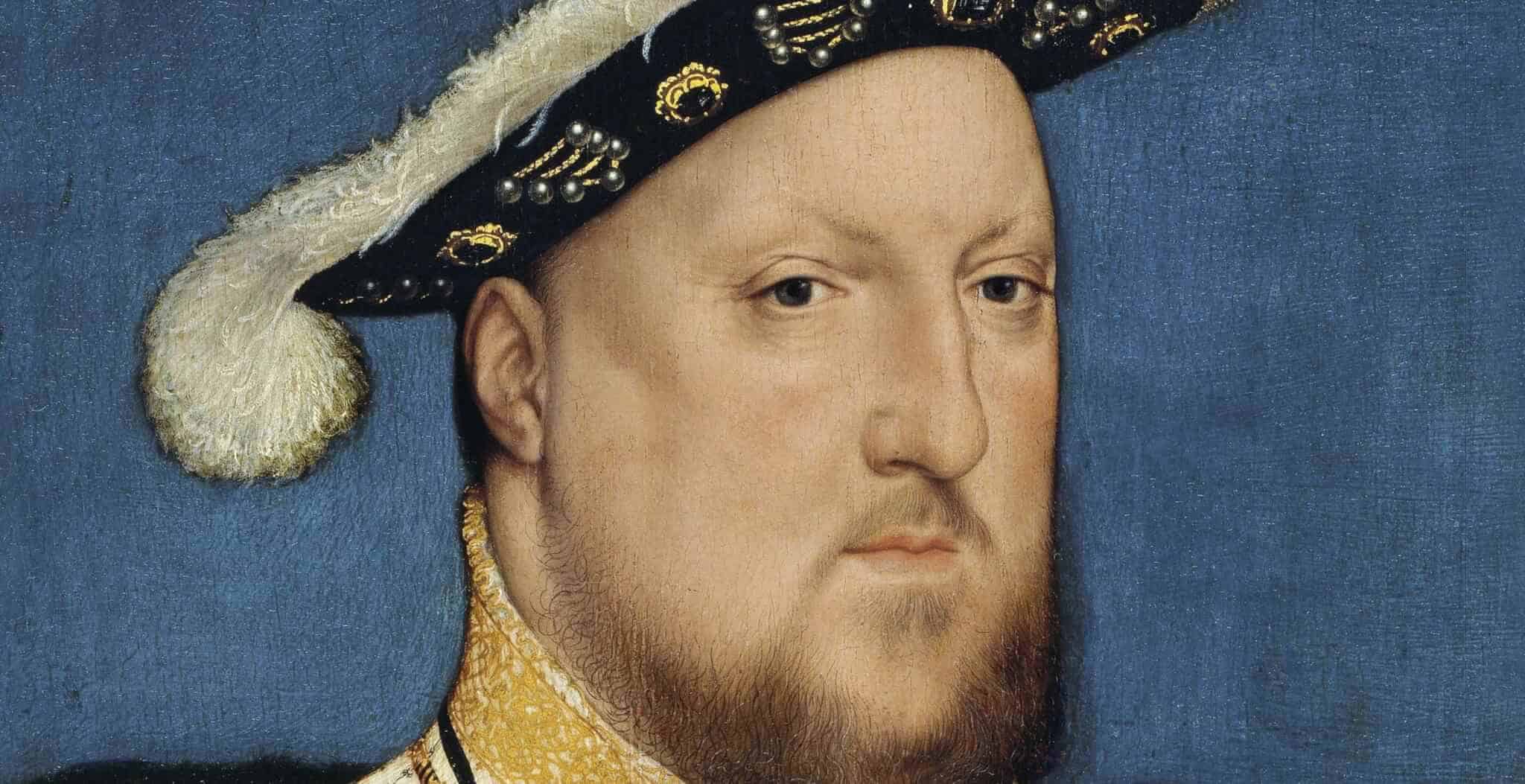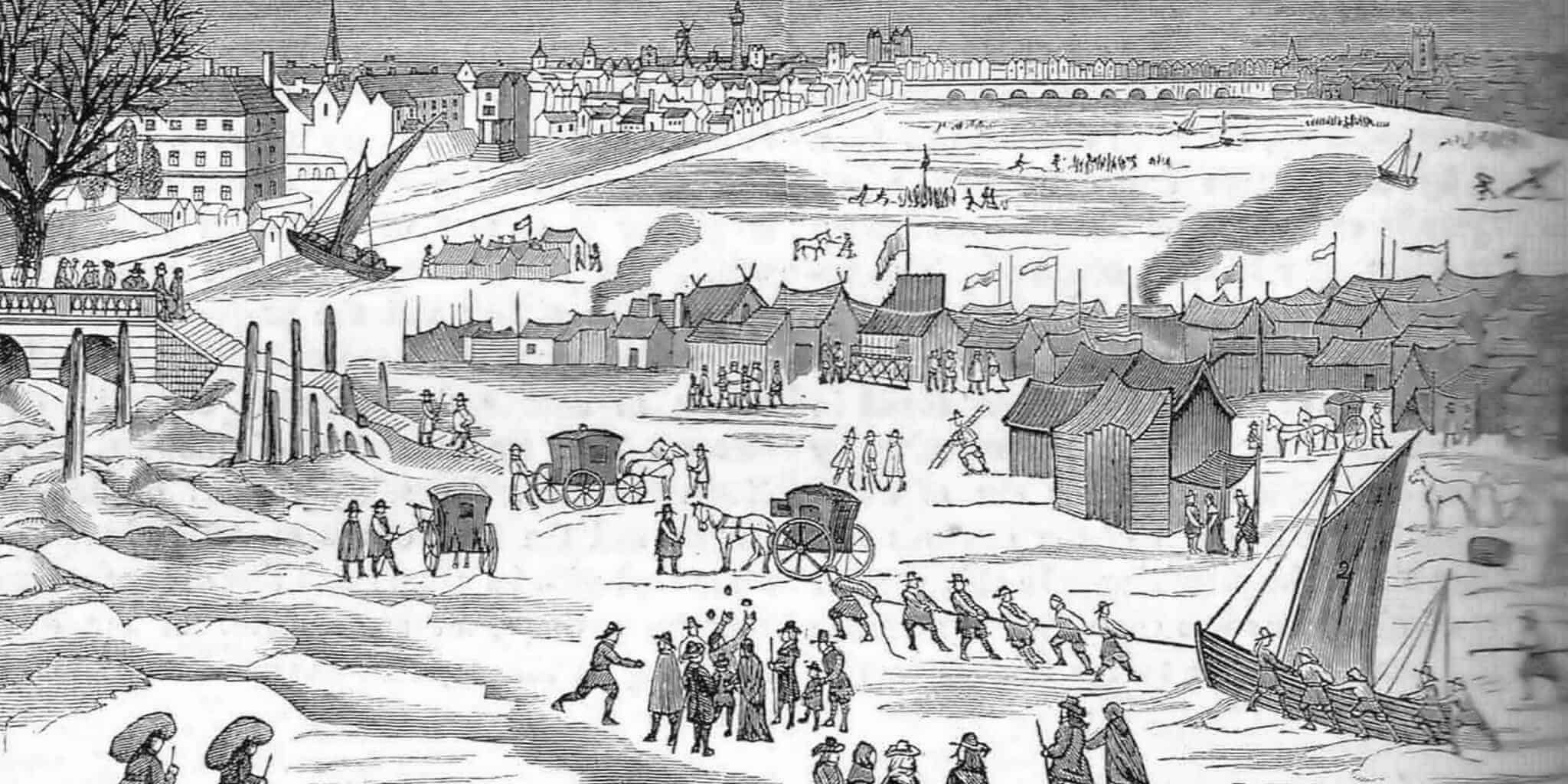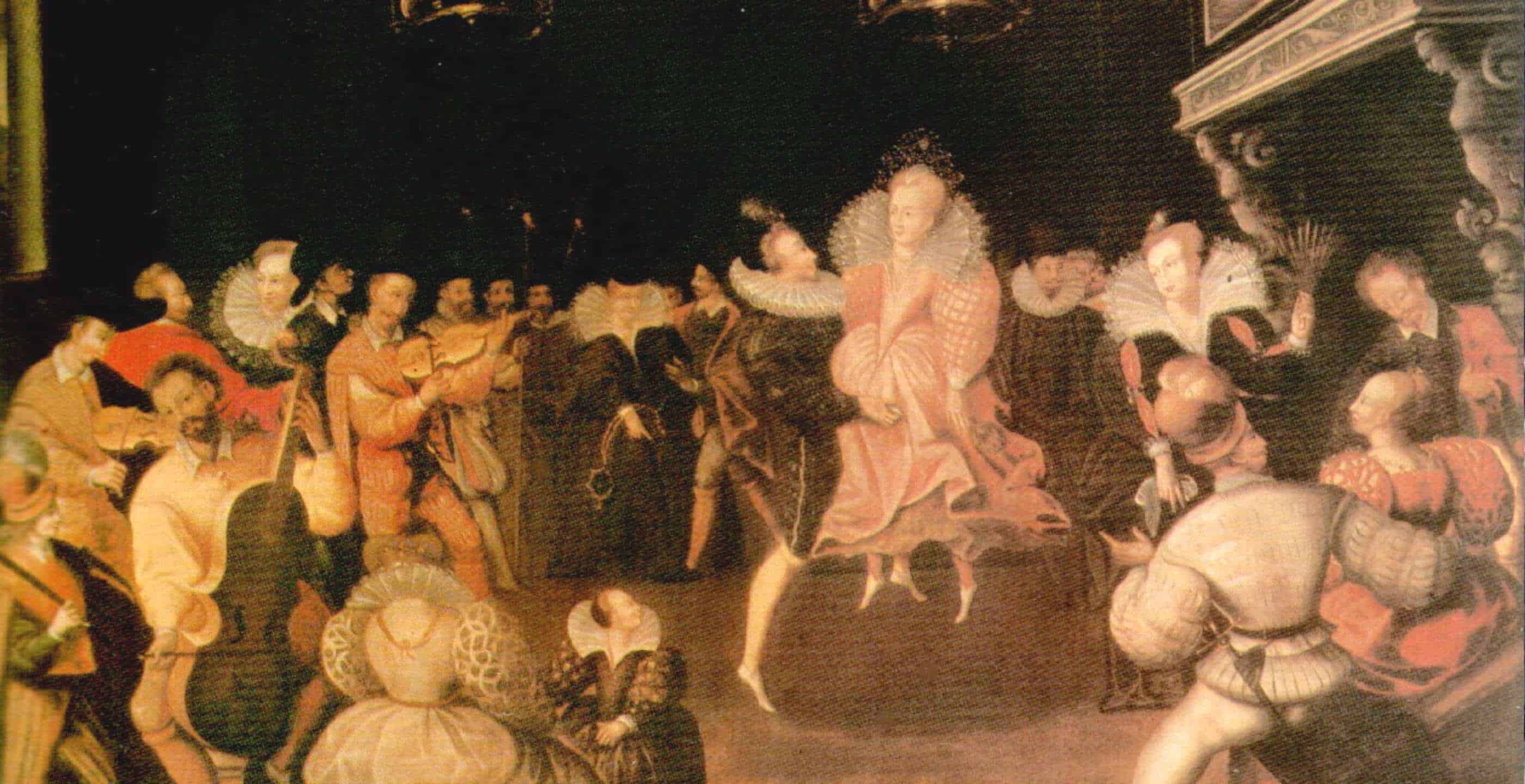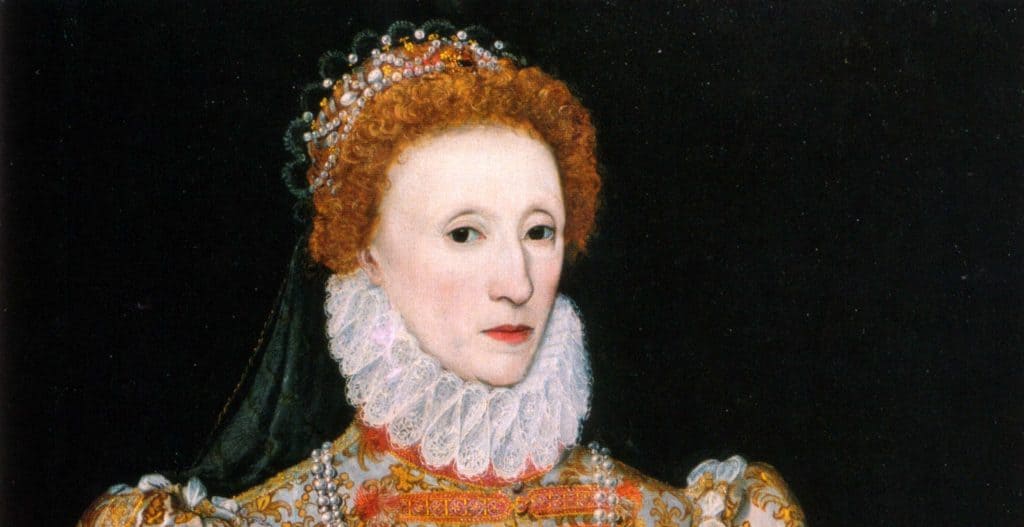The Tudors remain among the most instantly recognisable of England’s monarchs. There is no mistaking Henry VIII in the great Holbein portrait of which so many copies survive. The pose, careful and artful though it is, certainly does not belie the reality of a powerful man, physically and mentally confident beyond the threshold of arrogance. You can see the athletic strut that we know so well today in the champion sprinter who feels he is at his peak.
 And is there anyone out there who wouldn’t recognise Elizabeth’s equally carefully cultivated image? She prided herself on beauty rather than physique, and in particular upon that resemblance to her father which struck all those who knew her in her youth and maturity. So what if the image had to be maintained in old age through an increasingly unreal mixture of make-up and flattery?
And is there anyone out there who wouldn’t recognise Elizabeth’s equally carefully cultivated image? She prided herself on beauty rather than physique, and in particular upon that resemblance to her father which struck all those who knew her in her youth and maturity. So what if the image had to be maintained in old age through an increasingly unreal mixture of make-up and flattery?
Henry and Elizabeth, at least, had ‘iconic status’ in every sense of the words. The age of print and Renaissance portraiture gave them huge advantages over the kings of earlier centuries, but they were the first English monarchs to take such pains over their public image, and it is a tribute to the success of the Tudor image-makers — painters and miniaturists, musicians and poets — that even in today’s image-soaked consumer culture, the Tudor brand still commands such widespread and lasting recognition in the market.
Not all the Tudors are as well-known as Henry and Elizabeth. Mary I’s image was fixed for her more by the posthumous impact of the burnings of Protestants in her short reign. She is remembered more for her victims than for herself. It was the graphic images of men and women at the stake in Foxe’s ‘Book of Martyrs’ (or Acts and Monuments, to give it its proper title) which made their mark on the English imagination. And although Foxe himself tended to put the blame on her bishops rather than on Mary herself (few Tudor writers cared to print direct criticism even of dead monarchs, preferring instead to blame ‘evil counsellors’ for the crimes and vices of kings), it is Mary who has shouldered the responsibility in popular tradition, under the label of ‘Bloody Mary’. It is in fact clear that she stood squarely behind the religious violence for which her reign is famous.
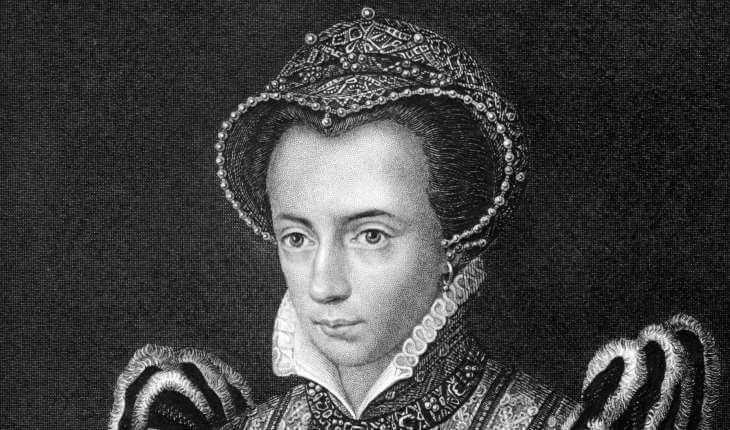
Yet ‘Bloody Mary’ is hardly fair. Except perhaps in the individual case of Thomas Cranmer, there was nothing vindictive or temperamentally cruel about her. (Cranmer had divorced her mother, proclaimed her a bastard, and abolished the Roman Catholic Mass to which she was so devoted: so she denied him the pardon which was customarily granted in England in the case of ‘first time offender’s to heretics who agreed to renounce their heresy). Mary’s policy was simply, if implacably, to implement the traditional penalty for obstinate religious dissent: burning at the stake. It is hard for the modern mind, schooled in the concepts of human rights, to appreciate that in the sixteenth century you did not have to be a twisted psychopath to believe that fines, imprisonment, corporal punishment, and even the death penalty were justified in the interest of establishing and maintaining the religious unity of society.
None of this is to minimise the terrible human cost of Mary’s policy. The figure of some 300 Protestants burned in the four years from the reinstatement of the death penalty early in 1555 to Mary’s death late in 1558 makes this one of the most ferocious persecutions in all sixteenth-century Europe. Even so, Mary’s sister Elizabeth presided over atrocities still more ferocious. After a damp squib of a Catholic rebellion launched against her in autumn 1569, Elizabeth sanctioned vicious reprisals in the far north of England. Only a handful of men had been killed in the rebellion, yet estimates of the numbers executed in Durham and North Yorkshire in three weeks of January 1570 range from a minimum of 450 to as many as 900 (the true figure probably lies between 600 and 700). Not to mention the thousands of men, women, and children butchered by her officers and troops in Ireland.
Edward VI and Henry VII are the least recognisable of the five Tudor monarchs. Edward’s short reign, terminated by his premature death a few months before his sixteenth birthday, scarcely left time for the bequeathing of a striking public image or the stamping of a distinctive personality on posterity, even if the reign itself served as the cradle for English Protestantism.
 Henry VII remains a shadowy figure, a ghost in the Tudor background as in Holbein’s sketch for a dynastic portrait at Whitehall Palace, where his better known son, Henry VIII, dominates the foreground. Francis Bacon’s famous Life of Henry VII has deepened the impression of greyness which hangs about him — unfairly, as it happens. Bacon’s grey portrait was designed not so much to tell us about Henry VII as to criticise the extravagant lifestyle of the first Stuart King of England, James I.
Henry VII remains a shadowy figure, a ghost in the Tudor background as in Holbein’s sketch for a dynastic portrait at Whitehall Palace, where his better known son, Henry VIII, dominates the foreground. Francis Bacon’s famous Life of Henry VII has deepened the impression of greyness which hangs about him — unfairly, as it happens. Bacon’s grey portrait was designed not so much to tell us about Henry VII as to criticise the extravagant lifestyle of the first Stuart King of England, James I.
Henry VII himself lived well and spent freely, though little remains to show this beyond the account books which he audited so closely. His fantasy palaces at Greenwich and Richmond, which set the scene for so many crucial events of Tudor history (from the birth of Henry VIII in 1491 to the death of Elizabeth in 1603), have long since crumbled away, surviving only in sketches. Much of his legacy was too Catholic to survive the English Reformation implemented by his descendants. The gilded statues of himself which he left to several English shrines were melted down by his son, and the brilliant stained glass in his chapel at the back of Westminster Abbey was smashed by iconoclasts.
In one important respect, however, the Tudor image does belie the Tudor reality. The Tudors liked good things, and many of those things can still be inspected and admired in England’s museums, art galleries, and stately homes. But what we get is not entirely what we see. The image is splendour and finery. The reality, all too often, was suspicion and fear. The dynasty began and ended in uncertainty and insecurity. Henry VII was a usurper, a small-time adventurer who got lucky. After clutching the crown in 1485 he spent the rest of his reign clinging to it anxiously, worried that some other adventurer would get lucky as he had done. Elizabeth, for all her virtues, left the vital question of the succession unresolved throughout nearly 45 years on the throne, to the despair of her counsellors. Even on her deathbed she refused to discuss the issue.
In between, Henry VIII turned the Church of England upside-down in his own anxiety to secure a male heir, and spent the rest of his reign in fear of foreign invasion or disloyalty at home. Edward VI and Mary batted religion to and fro like a shuttlecock, fearing Catholic conspiracies or Protestant plots. And Elizabeth lived much of her reign in fear of her Catholic cousin and rival, Mary Queen of Scots, and the rest of it dealing with Spanish threats and Irish insurgency. It was not for nothing that Shakespeare wrote, ‘Uneasy lies the head that wears a crown’.
2nd & 4th article images © Tempus
Richard Rex is Director of Studies in History at Queens’ College, Cambridge. His book, The Tudors, is published by Tempus.
